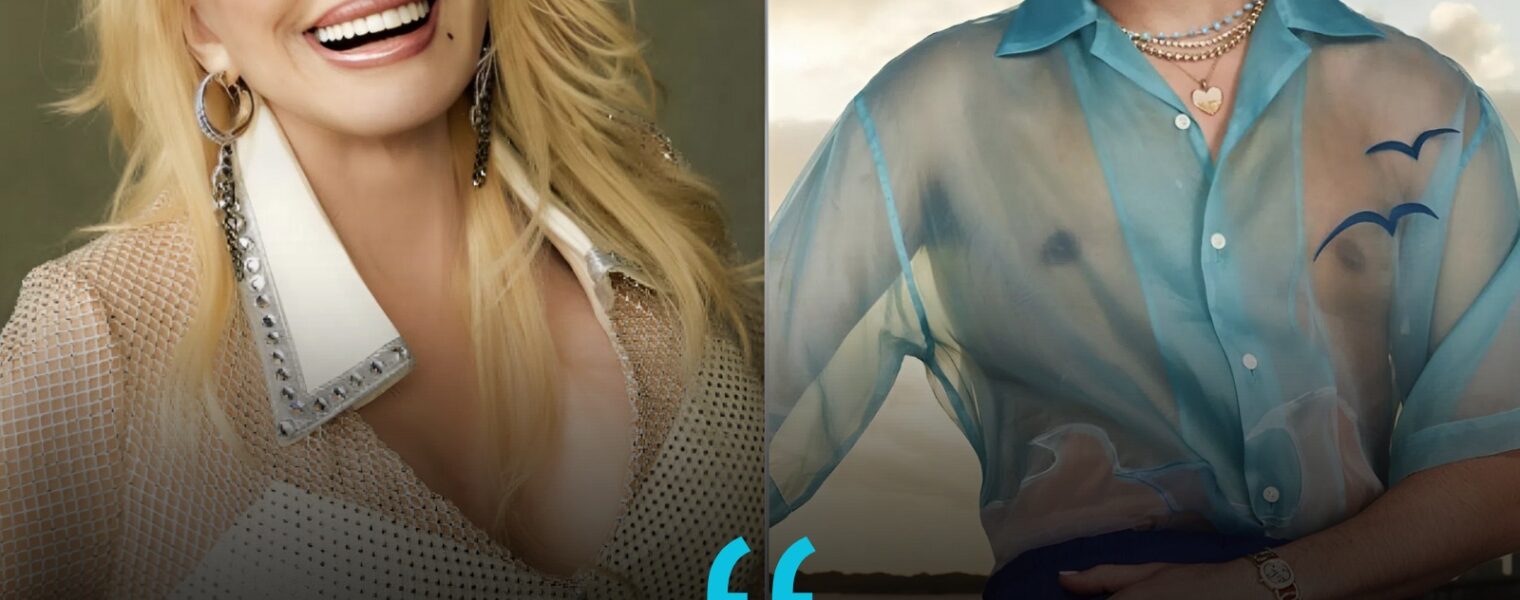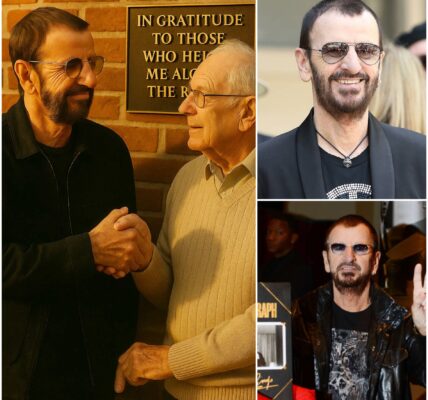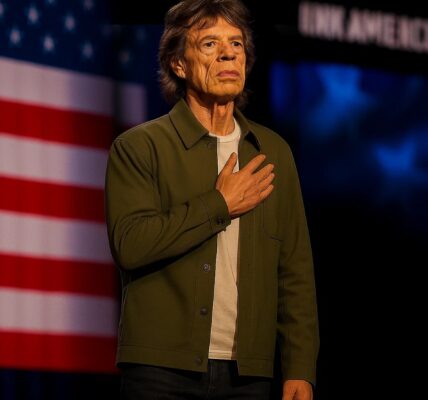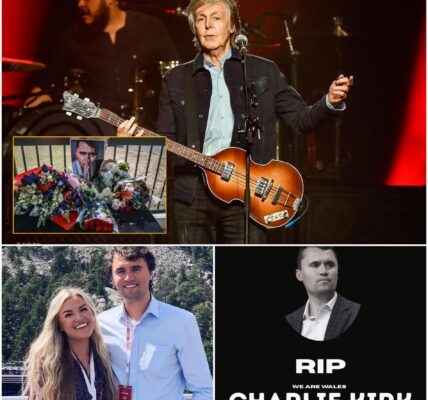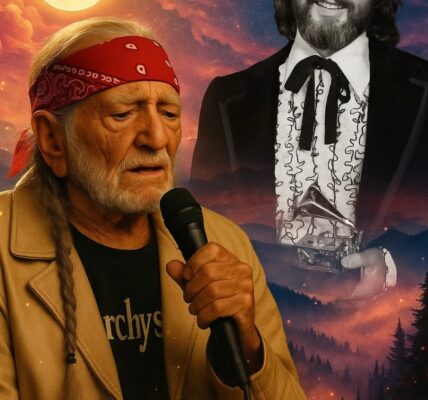FANS CALL FOR DOLLY PARTON TO HEADLINE SUPER BOWL HALFTIME SHOW: A DEEP DIVE INTO THE CULTURAL DEBATE
FANS CALL FOR DOLLY PARTON TO HEADLINE SUPER BOWL HALFTIME SHOW: A DEEP DIVE INTO THE CULTURAL DEBATE
The Super Bowl halftime show is one of the most-watched musical events in the world, blending entertainment, culture, and national identity into a spectacle that captivates millions. In recent years, the NFL’s choice of performers has increasingly reflected the nation’s diversity and evolving tastes, but the decision to name Bad Bunny as the headliner for the upcoming Super Bowl LX halftime show has ignited a passionate debate among fans, especially country music lovers. A significant number of these fans are demanding that Dolly Parton — the iconic Queen of Country — be given the spotlight instead, sparking viral petitions, heated discussions, and a broader conversation about music, culture, and American identity.
The Controversy: Bad Bunny vs. Dolly Parton
When the NFL announced Bad Bunny as the headline act for Super Bowl LX’s halftime show, reactions came swiftly and strongly from a sizable portion of the country music community. While many embraced the choice, celebrating Bad Bunny’s global influence and genre-defying style, a large contingent of fans expressed disappointment and frustration. They argue that the Super Bowl halftime show should celebrate American musical heritage and appeal to a broad, family-friendly audience.
Petitions urging the NFL to reconsider and instead invite Dolly Parton to perform have exploded online, garnering tens of thousands of signatures in a matter of days. Supporters praise Dolly not only for her unparalleled contributions to country music but also for her enduring status as a symbol of American culture, resilience, and kindness. One popular petition reads, “The Super Bowl halftime show should unite the country, honor American culture, and stay family-friendly. Dolly Parton embodies all of that.”
Dolly Parton: The Heart of American Music
Dolly Parton’s legacy stretches far beyond her iconic voice and timeless hits. For decades, she has been a beacon of hope, charity, and authentic artistry. Songs like “Jolene,” “9 to 5,” and “I Will Always Love You” have become cultural staples, cherished by generations of listeners across the globe. Her influence crosses musical genres and demographic boundaries, making her a uniquely unifying figure.

Moreover, Dolly’s philanthropy and genuine persona have endeared her to millions. From her literacy programs to her advocacy for education and health, she has built a reputation as a compassionate artist who uses her platform for positive change. Fans argue that her presence at the Super Bowl halftime show would symbolize more than just music—it would represent unity, hope, and the best of American values.
The Cultural Divide: What the Super Bowl Represents
The Super Bowl halftime show is much more than a concert; it’s a cultural event that reflects the country’s values and identity. Historically, the NFL has often chosen performers who resonate broadly with its audience, balancing entertainment with wide appeal. This is why Dolly Parton’s supporters believe she is the perfect fit. Her music is rooted in storytelling, tradition, and an all-American spirit that many feel should be front and center on such a national stage.
On the other hand, supporters of Bad Bunny emphasize the importance of diversity and representation. Bad Bunny, a Puerto Rican artist, represents a new wave of global music influence, blending reggaeton, Latin trap, and hip-hop. His selection signals the NFL’s acknowledgment of America’s evolving demographics and the growing influence of Latin culture in mainstream entertainment.
This divide has ignited intense discussions about what the Super Bowl halftime show should be—whether it’s a celebration of tradition and national heritage or a platform for showcasing the country’s rich cultural mosaic.
Bad Bunny’s Response and the Rising Tensions
The debate took an unexpected turn when Bad Bunny addressed the controversy during his Saturday Night Live monologue. He humorously told English-speaking fans, “You have four months to learn Spanish,” a remark that, while lighthearted, further polarized opinions. Some praised him for embracing his cultural roots boldly, while others saw it as dismissive or provocative.

The interaction underscored the broader cultural tensions at play. Fans rallying for Dolly Parton are often looking for comfort in tradition and familiarity, while Bad Bunny’s supporters push for change and inclusion. Both sides passionately defend their views, making this more than a simple argument over a musical performer—it’s a clash over cultural identity and the future of American entertainment.
Why Fans Want Dolly Parton: Beyond the Music
Dolly Parton’s appeal goes beyond her impressive vocal talent. She represents a set of values that resonate deeply with many Americans—hard work, kindness, and resilience. Her storytelling is rooted in real-life experiences, often touching on themes of love, hardship, and hope. In a time of political and social division, many fans see Dolly as a unifying figure whose presence could help heal rifts.
Additionally, Dolly’s image is seen as “family-friendly” and broadly accessible. Her humor, warmth, and grace make her an ideal candidate for an event watched by millions, including children and families across the nation.
The NFL’s Challenge: Balancing Tradition and Progress
The NFL finds itself at a crossroads. On one hand, honoring longstanding traditions with performers like Dolly Parton connects with a loyal fan base and reinforces a shared cultural heritage. On the other, embracing performers like Bad Bunny signals a forward-thinking approach, recognizing the diverse voices shaping modern America.
Choosing a halftime performer is not simply a musical decision—it’s a cultural statement. The league must balance the desires of its traditional fan base with the expectations of younger, more diverse audiences who see the Super Bowl as a reflection of a multicultural America.

What Could Dolly Bring to the Super Bowl Stage?
Had Dolly Parton been chosen, fans imagine a halftime show filled with nostalgia, heartfelt performances, and a celebration of Americana. Dolly’s legendary stage presence, combined with her unmistakable voice, would bring a sense of warmth and unity to the event.
Imagine Dolly performing a medley of her greatest hits, perhaps joined by fellow country stars or surprise guests. The show could also highlight her humanitarian work, sending a powerful message of hope and community. Fans believe such a performance would resonate across generational and cultural lines, reminding America of its shared values in an often fractured time.
The Broader Conversation About Representation in Music
This debate isn’t just about Dolly Parton or Bad Bunny. It taps into broader questions about who gets to represent American culture on the world’s biggest stages. Music is deeply personal and tied to identity, so choices like the Super Bowl halftime performer carry enormous symbolic weight.
Many voices in this conversation agree that both Dolly and Bad Bunny represent important facets of America’s musical landscape. Ideally, the future could include multiple platforms and moments that celebrate both tradition and innovation—ensuring everyone feels seen and heard.
Conclusion: A Moment to Reflect on America’s Musical Heart
The passion behind the call for Dolly Parton to headline the Super Bowl halftime show is about more than music. It reflects a yearning for connection, tradition, and shared values in a time of cultural change. Dolly embodies a spirit of resilience, kindness, and timeless artistry that many feel would bring something deeply meaningful to the Super Bowl stage.
At the same time, the rise of artists like Bad Bunny reminds us that America’s story is constantly evolving, shaped by diverse voices and experiences. The ongoing conversation between fans, artists, and the NFL highlights the challenge—and the opportunity—of honoring the past while embracing the future.
Whether Dolly Parton, Bad Bunny, or another artist ultimately takes the spotlight, the debate itself shows the power of music to inspire dialogue, evoke emotion, and reflect the complex tapestry of American culture.
